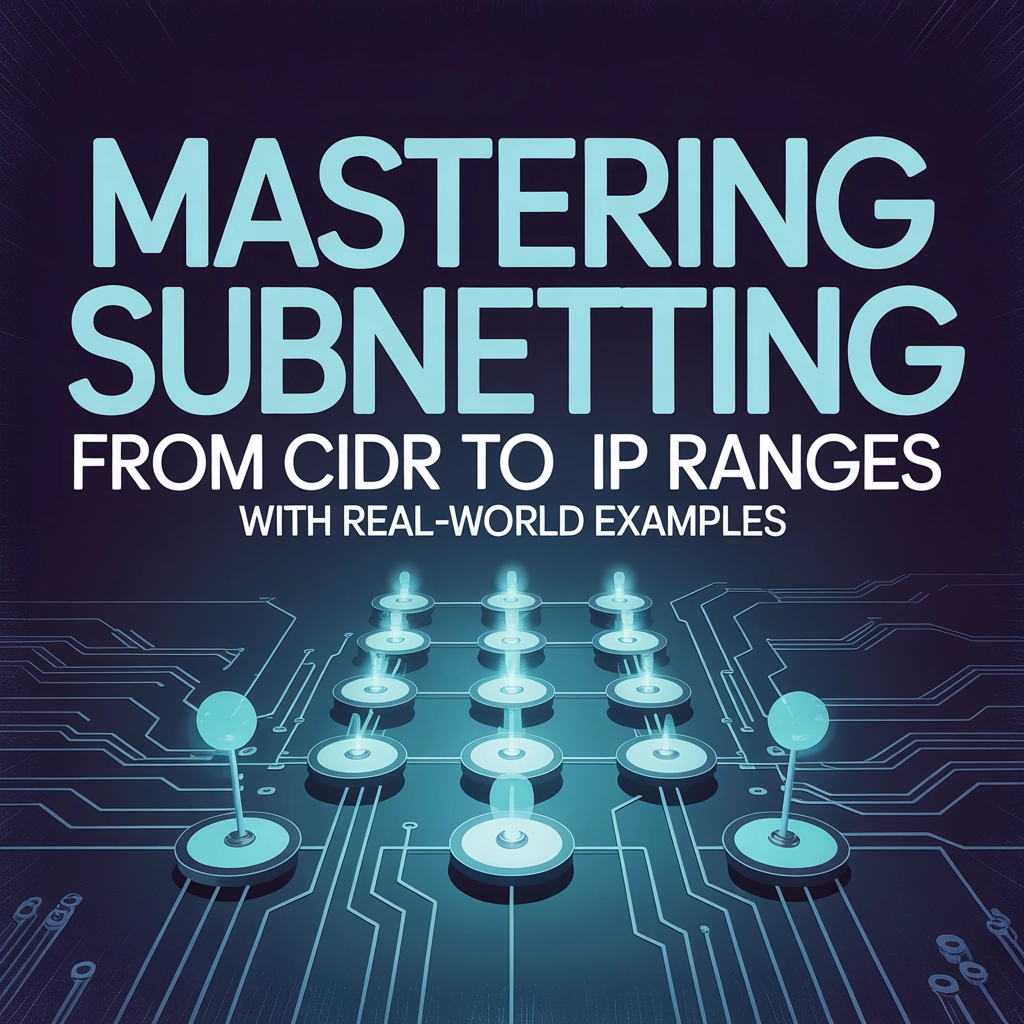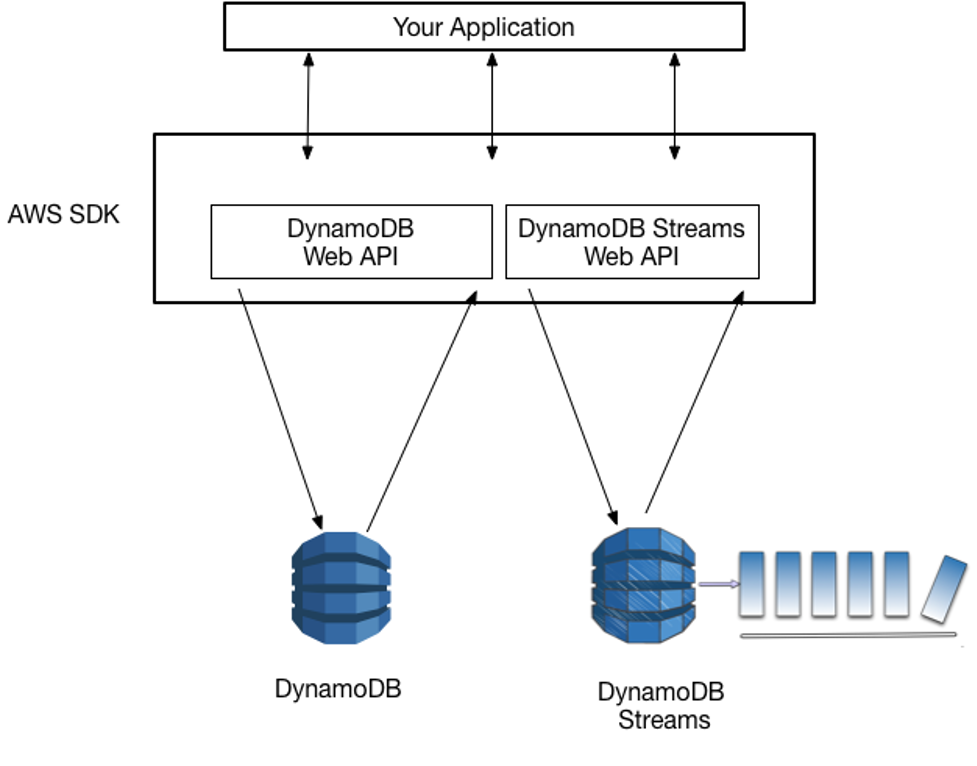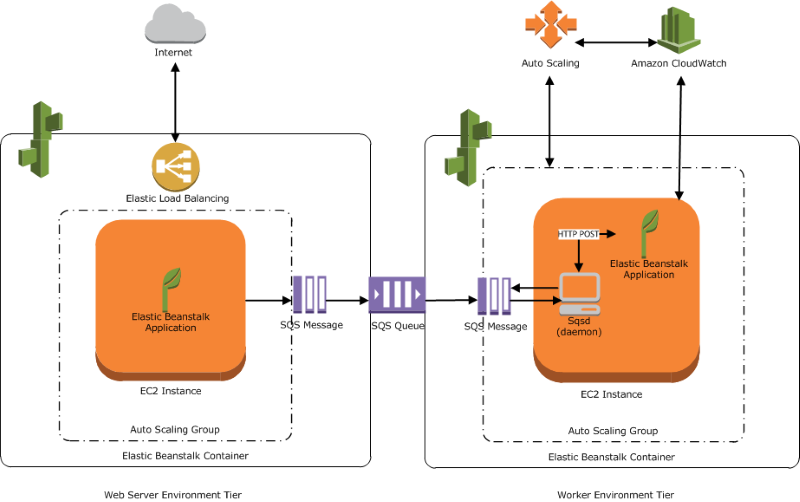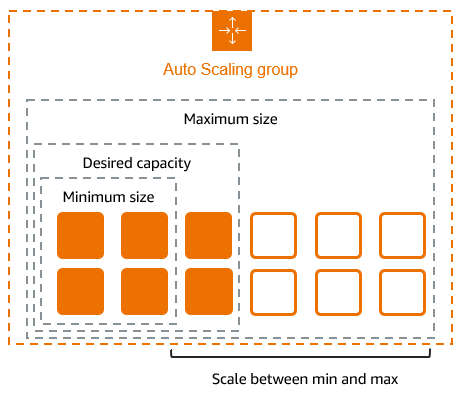Introduction
Network engineers and cloud professionals need to understand IP addressing and subnetting like a chef needs to understand knife skills – it's fundamental to everything else. Whether you're configuring a corporate network, designing cloud infrastructure, or preparing for AWS, Azure, or CCNA certifications, mastering subnetting is non-negotiable.
In this comprehensive guide, we'll demystify CIDR notation, tackle the binary math behind subnetting, and walk through practical examples that apply directly to real-world scenarios like AWS VPC design. By the end, you'll have both the theoretical knowledge and practical skills to confidently work with IP ranges in any environment.
Quick Recap of CIDR Notation
Before diving into subnetting mechanics, let's refresh our understanding of CIDR (Classless Inter-Domain Routing) notation.
CIDR notation looks like this: 192.168.1.0/24
This format combines two pieces of information:
- The base IP address (
192.168.1.0) - The prefix length (
/24), which specifies how many bits are allocated to the network portion
The prefix length replaced the traditional class-based addressing system, providing much more flexible allocation of IP address space. The number after the slash represents the number of consecutive 1's in the subnet mask when written in binary.
Common CIDR notations include:
/24= 255.255.255.0 (1 Class C network with 256 addresses)/16= 255.255.0.0 (1 Class B network with 65,536 addresses)/8= 255.0.0.0 (1 Class A network with 16,777,216 addresses)
How Subnetting Works
Subnetting is the process of dividing a larger network into smaller, more manageable subnetworks. This provides several advantages:
- Efficiency: Allocate only the addresses you need
- Security: Isolate network segments for better security controls
- Performance: Reduce broadcast domain size to improve network performance
- Organization: Group devices logically by function, department, or location
When subnetting, you're essentially borrowing bits from the host portion of an address and reassigning them to the network portion. Each bit you borrow doubles the number of possible subnets while halving the number of hosts per subnet.

The Binary Math Behind Subnetting
IP addresses are 32-bit numbers typically represented in dotted decimal notation (e.g., 192.168.1.1). To master subnetting, you need to understand how these addresses work in binary.
Each octet (the numbers between dots) represents 8 bits, giving us values from 0 to 255:
192 .168 .1 .1
11000000.10101000.00000001.00000001
The subnet mask defines which bits represent the network portion vs. the host portion:
Subnet mask 255.255.255.0 (/24):
11111111.11111111.11111111.00000000
In this example, the first 24 bits (three octets) identify the network, while the last 8 bits identify hosts on that network.
Working with Binary in Subnetting
The key to subnetting calculations is understanding how to manipulate these binary values. Let's see what happens when we subnet a /24 network into four equal subnets:
- Original network:
192.168.1.0/24 - To create 4 subnets, we need to borrow 2 bits (2² = 4)
- New prefix length:
/26(24 + 2) - New subnet mask:
255.255.255.192
The binary representation helps visualize this:
Original mask (/24): 11111111.11111111.11111111.00000000
New mask (/26): 11111111.11111111.11111111.11000000
↑↑
Borrowed bits
These borrowed bits now define our subnets, giving us:
- Subnet 0: 192.168.1.0/26 (Binary: 00xxxxxx)
- Subnet 1: 192.168.1.64/26 (Binary: 01xxxxxx)
- Subnet 2: 192.168.1.128/26 (Binary: 10xxxxxx)
- Subnet 3: 192.168.1.192/26 (Binary: 11xxxxxx)
Where xxxxxx represents the host bits within each subnet.
Calculating Network Address, Broadcast Address, and Usable Hosts
For each subnet, we need to determine:
- Network Address: The first address in the range (reserved)
- Broadcast Address: The last address in the range (reserved)
- Usable Hosts: All addresses between network and broadcast
Step-by-Step Calculation
Let's calculate these values for our first subnet (192.168.1.0/26):
- Network Address:
- Take the IP and perform a bitwise AND operation with the subnet mask
- 192.168.1.0 AND 255.255.255.192 = 192.168.1.0
- Broadcast Address:
- Set all host bits to 1
- With 6 host bits (32 – 26), this gives us 192.168.1.63
- Usable Host Range:
- First usable: Network address + 1 = 192.168.1.1
- Last usable: Broadcast address – 1 = 192.168.1.62
- Number of Usable Hosts:
- Formula: 2^(host bits) – 2
- 2^6 – 2 = 64 – 2 = 62 hosts
For our four subnets, this gives us:
| Subnet | Network Address | First Usable | Last Usable | Broadcast | # of Hosts |
|---|---|---|---|---|---|
| 1 | 192.168.1.0 | 192.168.1.1 | 192.168.1.62 | 192.168.1.63 | 62 |
| 2 | 192.168.1.64 | 192.168.1.65 | 192.168.1.126 | 192.168.1.127 | 62 |
| 3 | 192.168.1.128 | 192.168.1.129 | 192.168.1.190 | 192.168.1.191 | 62 |
| 4 | 192.168.1.192 | 192.168.1.193 | 192.168.1.254 | 192.168.1.255 | 62 |
Subnetting Cheat Sheet
For quick reference, here's a handy cheat sheet for common CIDR prefixes:
| CIDR Prefix | Subnet Mask | Wildcard Mask | # of Networks | # of Hosts per Network |
|---|---|---|---|---|
| /24 | 255.255.255.0 | 0.0.0.255 | 1 | 254 |
| /25 | 255.255.255.128 | 0.0.0.127 | 2 | 126 |
| /26 | 255.255.255.192 | 0.0.0.63 | 4 | 62 |
| /27 | 255.255.255.224 | 0.0.0.31 | 8 | 30 |
| /28 | 255.255.255.240 | 0.0.0.15 | 16 | 14 |
| /29 | 255.255.255.248 | 0.0.0.7 | 32 | 6 |
| /30 | 255.255.255.252 | 0.0.0.3 | 64 | 2 |
| /31 | 255.255.255.254 | 0.0.0.1 | 128 | 0* |
| /32 | 255.255.255.255 | 0.0.0.0 | 256 | 1* |
*Note: /31 is special and can be used for point-to-point links (RFC 3021). /32 represents a single host.
Shortcuts for Quick Calculations
To quickly determine subnet boundaries:
- Find the block size: 2^(32 – prefix length)
- Subnet increments occur at multiples of the block size
For /26, the block size is 2^(32-26) = 2^6 = 64. So subnets start at 0, 64, 128, 192, etc.

AWS VPC Subnetting Example
Now let's apply these concepts to a real-world scenario: designing AWS VPC subnetting.
Scenario
You need to create a VPC with multiple tiers (public, private, database) across two availability zones. The VPC needs room for growth but shouldn't waste IP space.
Solution
- VPC CIDR: Choose 10.0.0.0/16 (65,536 addresses)
- Subnet allocation:
- Public subnets: 10.0.0.0/20 and 10.0.16.0/20 (4,094 hosts each)
- Private app subnets: 10.0.32.0/20 and 10.0.48.0/20 (4,094 hosts each)
- Database subnets: 10.0.64.0/20 and 10.0.80.0/20 (4,094 hosts each)
- Reserved for future use: 10.0.96.0/19 through 10.0.224.0/19
This approach provides plenty of addresses for each tier while maintaining room for expansion.
Special AWS Considerations
AWS reserves 5 IP addresses in every subnet:
- Network address (first IP)
- VPC router (second IP)
- DNS server (third IP)
- Future use (fourth IP)
- Broadcast address (last IP)
So a /24 subnet in AWS gives you 251 usable addresses (256 – 5) rather than the theoretical 254.

Advanced Techniques for Network Engineers
Supernetting (CIDR Aggregation)
Supernetting combines multiple networks into a single, larger CIDR block for more efficient routing. For example, networks 192.168.0.0/24, 192.168.1.0/24, 192.168.2.0/24, and 192.168.3.0/24 can be aggregated as 192.168.0.0/22.
Variable Length Subnet Masking (VLSM)
VLSM allows for subnets of different sizes within the same network, optimizing address usage. This is particularly useful when different departments or functions have vastly different host requirements.
For example, from 172.16.0.0/16, you might allocate:
- 172.16.0.0/24 for a small branch office (254 hosts)
- 172.16.1.0/20 for headquarters (4,094 hosts)
- 172.16.16.0/28 for point-to-point links (14 hosts)
Conclusion
Mastering subnetting is essential for network and cloud engineers. By understanding CIDR notation and the binary mathematics behind IP addressing, you can efficiently design networks that balance security, performance, and scalability.
Remember these key principles:
- Every bit borrowed from the host portion doubles your subnets
- Plan for growth, but don't waste address space
- Consider security boundaries when designing subnet structures
- In cloud environments, account for provider-specific reservations
With practice, these calculations will become second nature, allowing you to quickly design optimal network architectures for any scenario.
For more networking fundamentals, check out our deep dive into DNS and AWS Route 53 or explore our complete DevOps career roadmap.




